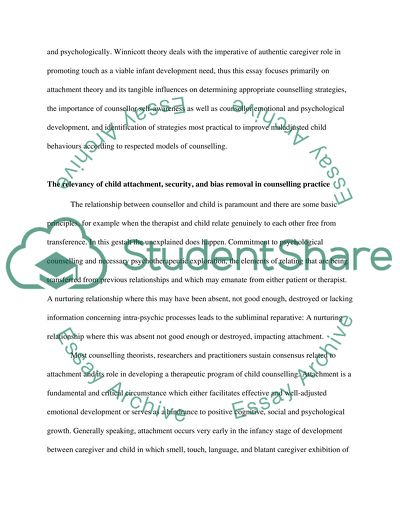Cite this document
(“Child counselling approaches and critical evaluation of their Essay”, n.d.)
Child counselling approaches and critical evaluation of their Essay. Retrieved from https://studentshare.org/psychology/1468726-theoretical-assessment-essay
Child counselling approaches and critical evaluation of their Essay. Retrieved from https://studentshare.org/psychology/1468726-theoretical-assessment-essay
(Child Counselling Approaches and Critical Evaluation of Their Essay)
Child Counselling Approaches and Critical Evaluation of Their Essay. https://studentshare.org/psychology/1468726-theoretical-assessment-essay.
Child Counselling Approaches and Critical Evaluation of Their Essay. https://studentshare.org/psychology/1468726-theoretical-assessment-essay.
“Child Counselling Approaches and Critical Evaluation of Their Essay”, n.d. https://studentshare.org/psychology/1468726-theoretical-assessment-essay.


